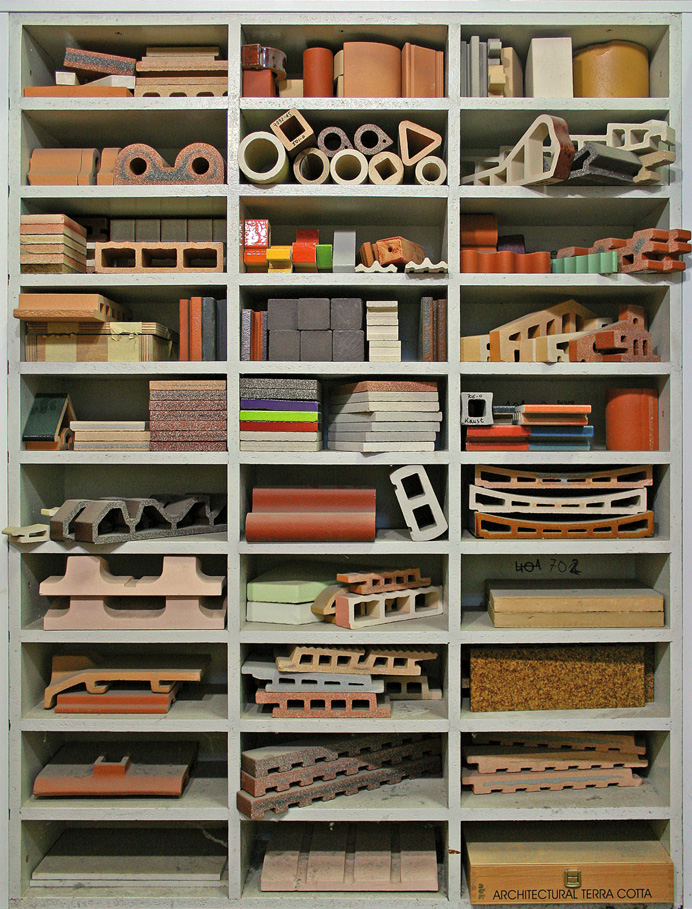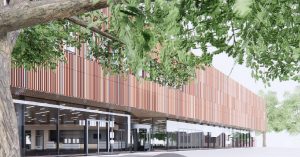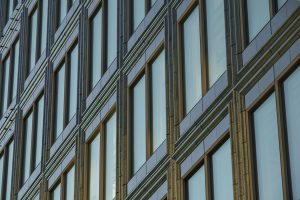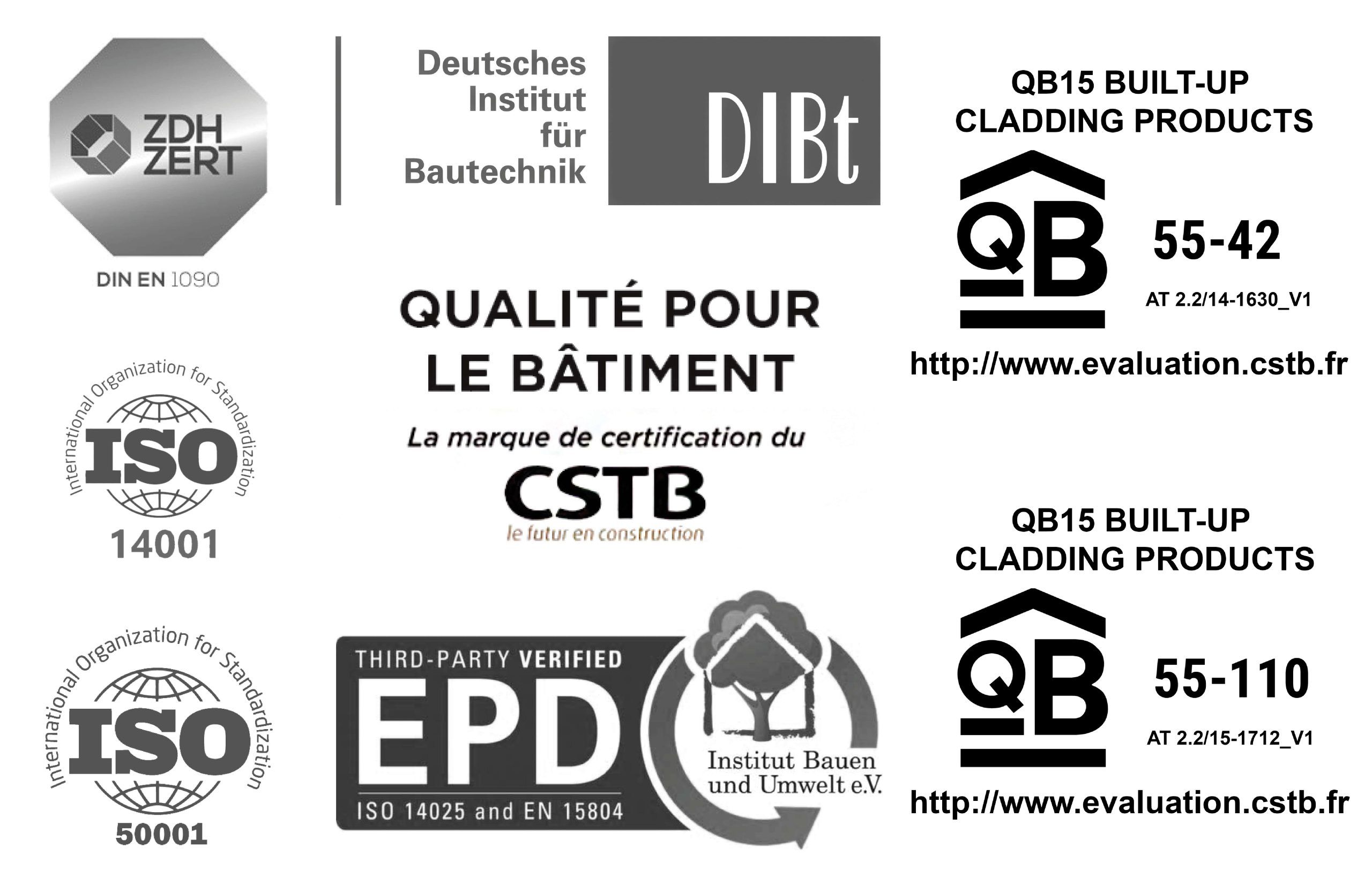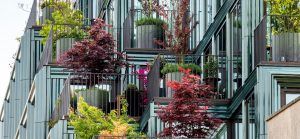
PROF. DIPL.-ING. ULRICH BLUM, MÜNSTER
"The façade projects involving extruded terracotta from NBK
come very close to achieving this vision. Working in collaboration
with top-class architects, NBK has demonstrated in
countless projects that terracotta can be perfectly shaped and
that a rich interplay of texture, colour and reflection can be
created through finishing processes such as glazing."
When baking shortbread biscuits at Christmastime when I was a young boy, I was constantly fascinated by the way that a shapeless lump of dough would quickly transform into a perfectly formed biscuit after passing through the food processor. Later, too, during my early years as an architect, this fascination for the extrusion process was reignited within me during the development of aluminium façade profiles. The speed with which extrusion would transform a shapeless raw material into a delicate and intricate semi-finished product seems utterly extraordinary to me. Through this shaping process, the raw material can be functionally “programmed”
and, in turn, put to a further purpose. An infinite number of surface modulations and shapes of hollow spaces can influence the appearance and load-bearing properties in a variety of ways. I kept asking myself whether it would be possible to construct entire buildings or large sections of buildings by means of extrusion.
The façade projects involving extruded terracotta from NBK come very close to achieving this vision. Working in collaboration with top-class architects, NBK has demonstrated in countless projects that terracotta can be perfectly shaped and that a rich interplay of texture, colour and reflection can be created through finishing processes such as glazing. In addition to its outstanding architectural expressiveness, terracotta is both natural and sustainable. The tremendous precision with which NBK extrudes clay to create profiles recalls the precision and diversity of aluminium profiles, suggesting a range of possibilities for integrating these materials. Some
installation examples demonstrating the potential of prefabricated curtain façades can also be found here, too, in the 2019 yearbook. The combination of different materials with terracotta and modular construction methods will harbour some considerable additional potential for innovation over the coming years.
Digitalisation will also give rise to some exciting new design possibilities. Following the extrusion process, digitally controlled production equipment such as robot arms can flexibly machine surface textures and final cuts and, in doing so, create more complex forms. Parametric design tools enable us to discover and identify the enormous variety of potential surface effects more quickly than ever, while BIM methods allow façade modules to be optimally integrated in construction projects, potentially expanding the application spectrum of these amazing products. I am absolutely convinced that the potential of this material process is far from exhausted and am excited to see what projects and ideas innovative architects will come up with in the future for developing extruded terracotta using conventional
and digital tools. In an era when sustainability is becoming ever more important, I hope that this beautiful and multifaceted material will become even more widespread on the façades of our buildings in the future.

